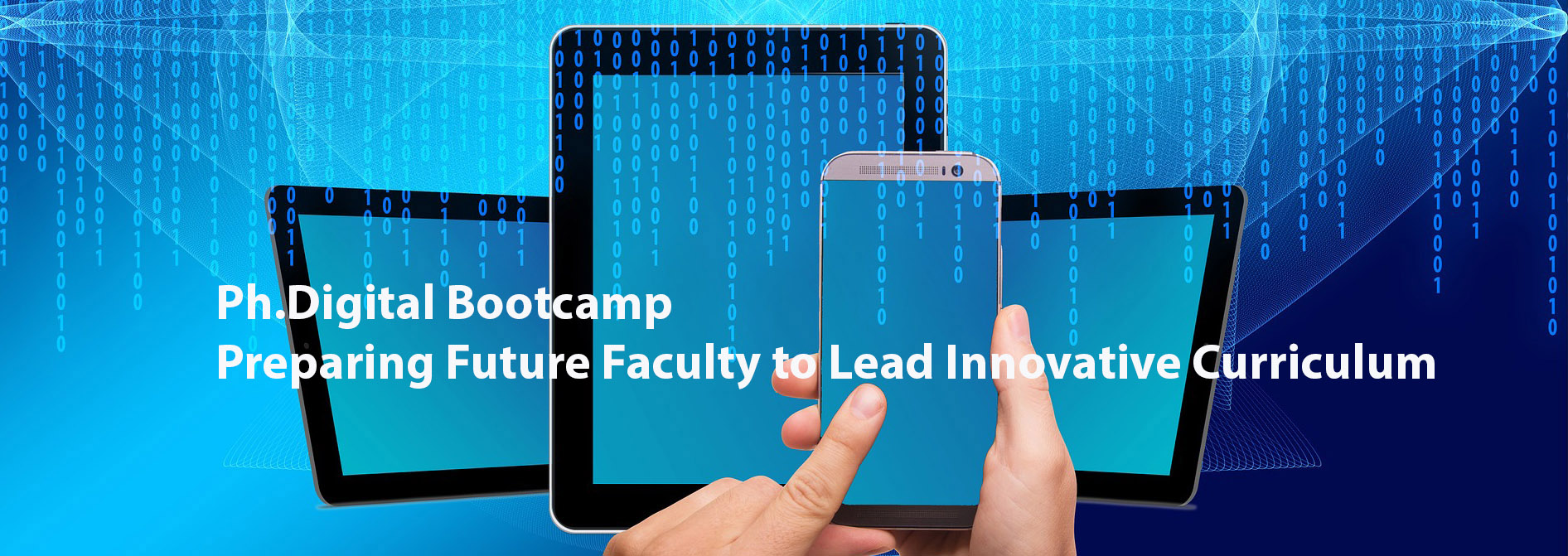 Instructors: Dale Blasingame and Jon Zmikly
Instructors: Dale Blasingame and Jon Zmikly
Week of March 19
Description
This week, we’ll talk about the top social media platforms and how to use them in the classroom. In addition, we’ll cover the relationship between social media analytics and strategy – and how to convey that lesson to students.
Objectives
- Understand the differences between Facebook, Twitter, Instagram and Snapchat
- Describe content strategies on social media platforms
- Get an introduction to social media analytics and Insights
- Break down simplicity and context in teaching how to build analytics reports
Instructor Videos
The following videos cover both social media content and analytics.
Read and Watch
Social Media Use in 2018, Pew Research Center
Facebook for Journalists, Facebook
Jab, Jab, Jab, Right Hook, Gary Vaynerchuk
UT Tower Shooting Coverage on Snapchat, Texas Tribune
7 Tips on How to Succeed as a Social-First Publisher, MediaShift
How 3 Publishers are Using Instagram Stories for Visually Compelling Storytelling, Nieman Lab
How to Create a Social Media and Analytics Class, MediaShift
Developing a Digital Core in Mass Communication Curriculum, MediaShift
The 7 Undeniable Benefits of Social Media Monitoring for Brands, Sprout Social
What’s the ROI of Your Mother?, Gary Vaynerchuk
How Broadcasters are Making Two-Way Experiences with Interactive Content, MediaShift
Your Guide to Digital and Social Certifications, MediaShift, 2017 – links to social training and certifications also found on Resources page.
Discussion
Hopefully these videos and articles have you thinking about the relationship between social media content, engagement, data and strategy. So let’s first take a look at your personal social media habits in the #socialmedia Slack channel.
- What is your favorite social network and which social network should you spend more time on? Why?
- Provide a link to one or more social media research project(s) (either one of your own or someone else’s) and give a brief summary of the method and results (granted these links may be behind subscription walls). We’ll discuss digital research in more detail in a later module.
- How does the engagement potential of social media affect its professional usage and strategy development. How does it make studying social media different than traditional media research?
